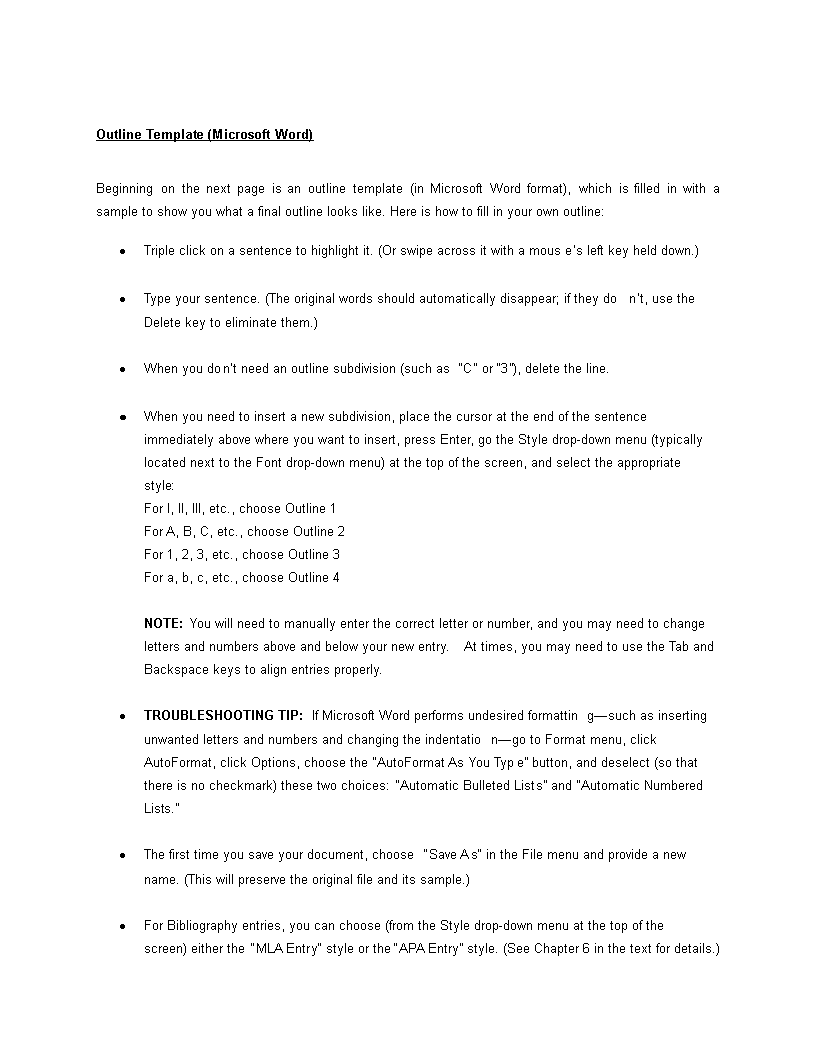Persuasive Essay Outline template
Save, fill-In The Blanks, Print, Done!

Download Persuasive Essay Outline template
Microsoft Word (.doc)Or select the format you want and we convert it for you for free:
- This Document Has Been Certified by a Professional
- 100% customizable
- This is a digital download (40 kB)
- Language: English
- We recommend downloading this file onto your computer.
How To Write A Persuasive Essay? What is a Persuasive Essay Outline template? Our outline template is designed to help you organize your thoughts and create a well-structured argument. It includes sections for an introduction, body, and conclusion. Here is an example template for Persuasive Essay Outlines to get you started.
A persuasive essay outline is a structured plan that helps you organize your thoughts and arguments before you begin writing your persuasive essay. The purpose of a persuasive essay is to convince the reader of a particular point of view or to take a specific action. An outline serves as a roadmap, guiding you through the key elements of your essay to ensure that your argument is coherent, logical, and persuasive. Here's a basic structure for a persuasive essay outline:
- Introduction:
- Hook: Start with a compelling statement, question, or anecdote that grabs the reader's attention.
- Background Information: Provide some context or background information on the issue you're addressing.
- Thesis Statement: Clearly state your main argument or position on the issue.
- Body Paragraphs:
- Topic Sentence: Begin each body paragraph with a clear topic sentence that presents one main point or argument.
- Supporting Evidence: Provide evidence, examples, statistics, or quotes that support each topic sentence.
- Analysis and Explanation: Explain how the evidence supports your argument and why it is relevant.
- Transition: Use transitions to smoothly move from one point to the next.
- (Repeat this structure for each body paragraph, presenting a new argument or supporting a different aspect of your main thesis.)
- Counterargument:
- Acknowledge the Opposition: Address the opposing viewpoint or counterargument.
- Refutation: Present evidence or reasoning that counters the opposing view and strengthens your own argument.
- Conclusion:
- Restate Thesis: Summarize your main argument and restate your thesis in a conclusive manner.
- Summary of Key Points: Recap the main points made in the body paragraphs.
- Call to Action or Closing Statement: End with a call to action, a prediction, a solution, or a thought-provoking closing statement.
- Revision and Proofreading:
- Review and Edit: Before finalizing your essay, review it for coherence, clarity, and persuasiveness. Ensure that your argument is well-supported and effectively presented.
This outline provides a basic structure, but keep in mind that the specific requirements for a persuasive essay can vary. Some essays may require more or fewer body paragraphs, and the depth of analysis may vary based on the complexity of the topic. Always check the assignment guidelines provided by your instructor to tailor your outline and essay to meet specific requirements.
Download our sample Persuasive Essay Outline template and use it to craft a persuasive and successful essay. Make sure to include a strong introduction with a clear thesis statement, body paragraphs containing evidence, and a conclusion that ties everything together.
DISCLAIMER
Nothing on this site shall be considered legal advice and no attorney-client relationship is established.
Leave a Reply. If you have any questions or remarks, feel free to post them below.
Related templates
Latest topics
- Excel Templates
Where do I find templates for Excel? How do I create a template in Excel? Check these editable and printable Excel Templates and download them directly! - GDPR Compliance Templates
What do you need to become GDPR compliant? Are you looking for useful GDPR document templates to make you compliant? All these compliance documents will be available to download instantly... - Google Docs Templates
How to create documents in Google Docs? We provide Google Docs compatible template and these are the reasons why it's useful to work with Google Docs... - IT Security Standards Kit
What are IT Security Standards? Check out our collection of this newly updated IT Security Kit Standard templates, including policies, controls, processes, checklists, procedures and other documents. - Letter Format
How to format a letter? Here is a brief overview of common letter formats and templates in USA and UK and get inspirited immediately!
cheese

